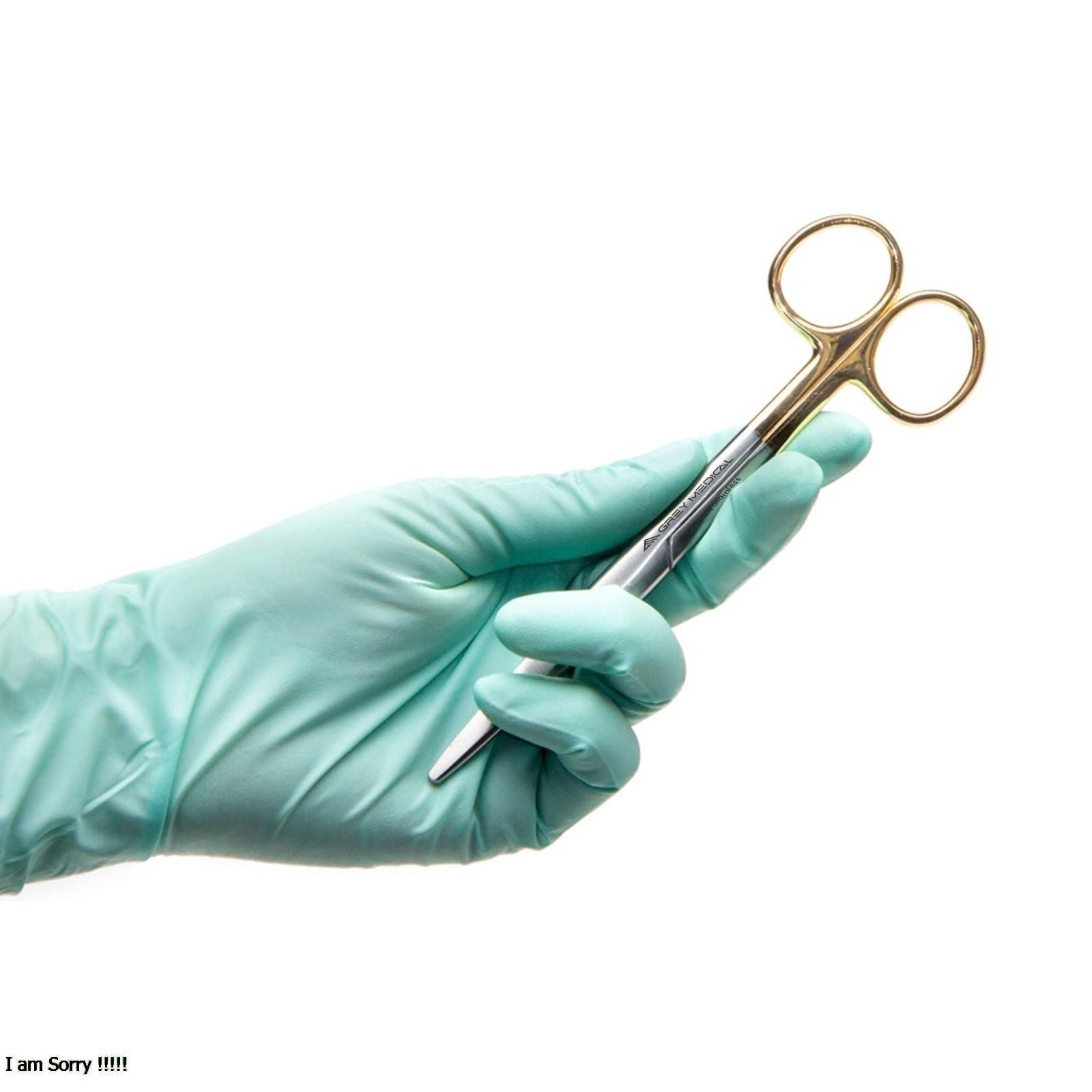Surgical procedures and medical examinations rely on precision, and having the right tool for the job is essential. While they may seem like simple instruments, medical scissors are highly specialized tools designed for specific tasks. Understanding the various types of medical scissors helps medical professionals perform their duties with greater accuracy and safety. From cutting tough tissues to delicate sutures, each pair has a unique design to meet a specific need within the operating room and beyond.

Operating Scissors for General Use
Operating scissors, also known as surgical scissors, are a fundamental tool in any medical setting. They are designed for general-purpose cutting of tissues, sutures, and other materials. These scissors typically feature sharp blades, which can be straight or curved, and either sharp or blunt tips. A combination of sharp and blunt tips, often called sharp/blunt, is common, allowing for precise cutting while minimizing the risk of accidentally puncturing underlying tissues. Their versatility makes them indispensable for a wide range of procedures.
Mayo Scissors for Cutting Tissues
When a surgeon needs to cut dense fascia or other tough tissues, they often reach for Mayo scissors. These are heavier and more robust than standard operating scissors, providing the strength needed for more demanding tasks. Mayo scissors are available with straight blades, primarily used for cutting sutures, and curved blades, which are better suited for dissecting and separating tissues. The robust construction of these scissors ensures they can handle significant force without failing, which is critical for the success of many surgical interventions. Exploring the different types of medical scissors reveals how form follows function.
Iris Scissors for Delicate Procedures
For fine, delicate work, such as in ophthalmic or plastic surgery, Iris scissors are the instrument of choice. Originally designed for eye surgery, their small size and extremely sharp, fine tips make them perfect for intricate dissections and precise cutting of delicate tissues. Available with both straight and curved blades, Iris scissors provide exceptional control and accuracy. Their detailed design highlights the specialization within the broader category of types of medical scissors, catering to the most demanding and meticulous surgical tasks where every millimeter counts.
Bandage Scissors for Safety and Efficiency
Outside of the operating room, bandage scissors play a crucial role in patient care. Also known as Lister scissors, they have a distinctive design featuring an angled blade with a blunt tip on the lower blade. This safety feature allows the user to slide the scissor between a patient's skin and a bandage or cast without causing injury. They are essential for safely removing dressings, cutting medical gauze, and sizing bandages. This is another example of how different types of medical scissors are engineered for specific, practical applications.
A Commitment to Quality and Innovation
The effectiveness of any surgical instrument depends on its quality. Companies like GreyMedical®, a privately owned medical technology company, are dedicated to innovation and excellence in the craft of surgical instruments. By focusing on superior materials and ergonomic design, manufacturers ensure that surgeons have reliable and precise tools. As medical procedures continue to advance, the evolution of the types of medical scissors will also continue, with new designs emerging to meet the challenges of modern medicine and improve patient outcomes. Ultimately, having a deep understanding of these instruments allows healthcare providers to select the perfect tool, ensuring precision and safety in every cut.

